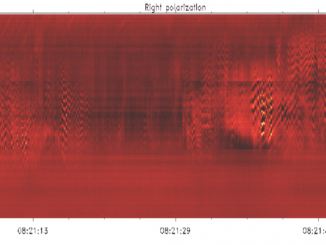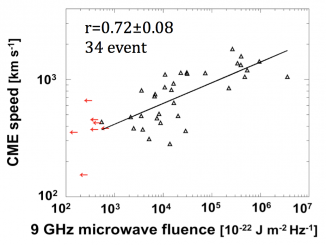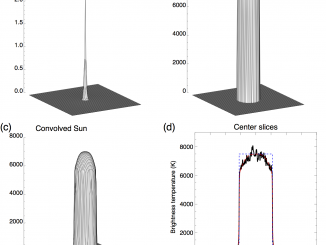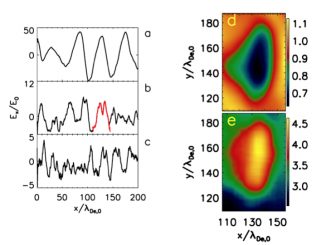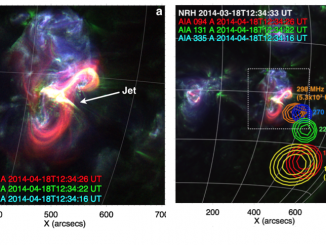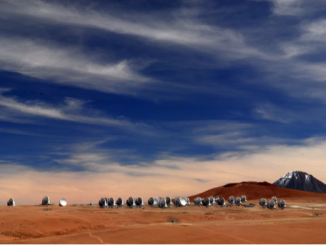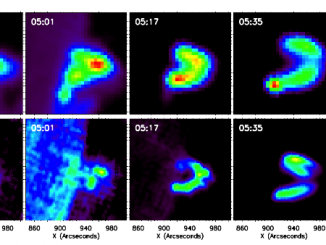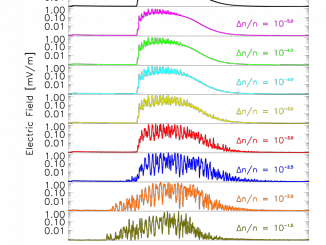Comparison of alternative zebra-structure models in solar radio emission
by G.P. Chernov et al.*
Discussion about the nature of zebra-structure (ZS) in type IV radio bursts continues, despite the ten proposed models. First of all, this is due to the wide variety of stripes in each new phenomenon, making the explanation of all the fine details by any one mechanism becomes impossible. The most widespread explanation is the emission at different levels of double plasma resonance (DPR), sequential on the height surfaces in the magnetic […]

